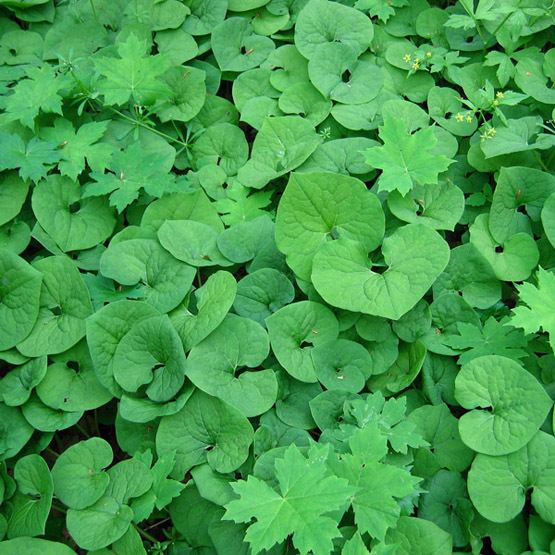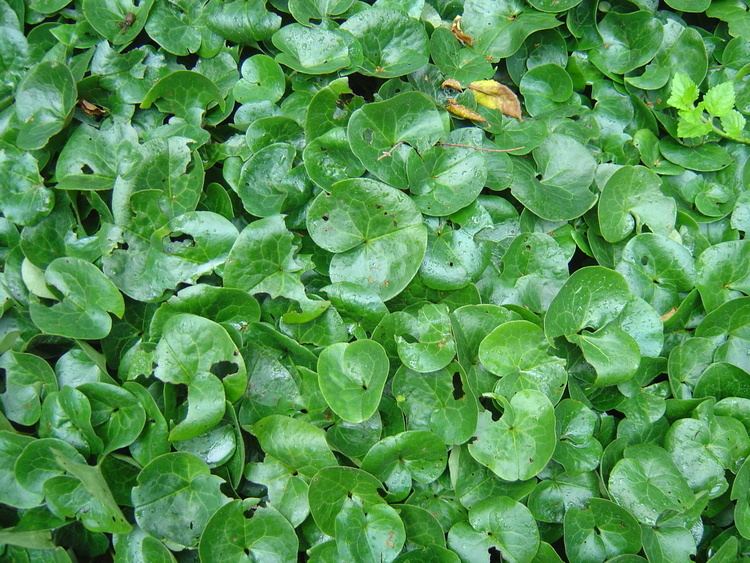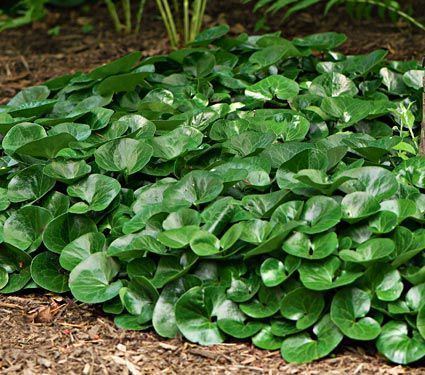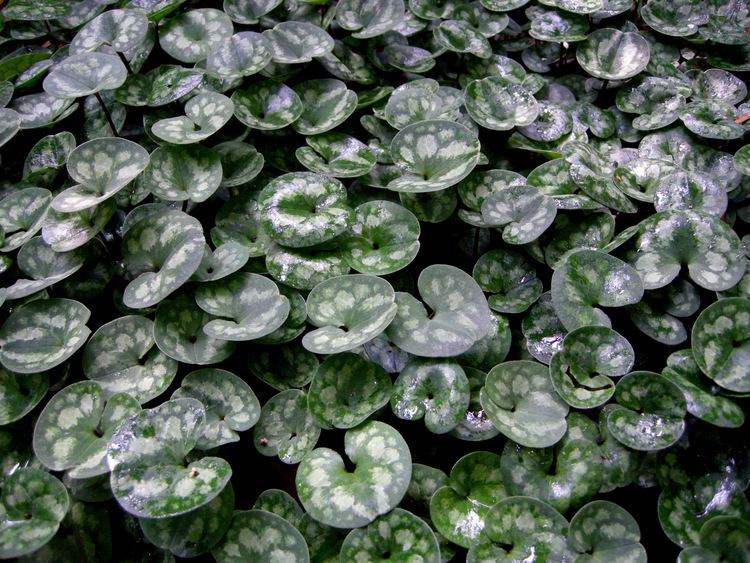Scientific name Asarum Rank Genus | ||
 | ||
Lower classifications European Wild Ginger, Asarum canadense, Asarum caudatum, Chinese Wild Ginger, Asarum maximum Similar European Wild Ginger, Water, Chinese Wild Ginger, Marsh Marigold, Ostrich Fern | ||
Wild ginger asarum canadense growing wild ginger
Asarum is a genus of plants in the birthwort family Aristolochiaceae, commonly known as wild ginger.
Contents
Asarum is the genitive plural of the Latin āsa (an alternate form of āra) meaning altar or sanctuary.
Description

Asarum is a genus of low-growing herbs distributed across the temperate zones of the Northern Hemisphere, with most species in East Asia (China, Japan, and Vietnam) and North America, and one species in Europe. Biogeographically, Asarum originated in Asia.
They have characteristic kidney-shaped leaves, growing from creeping rhizomes, and bear small, axillary, brown or reddish flowers.

The plant is called wild ginger because the rhizome tastes and smells similar to ginger root, but the two are not particularly related. However, the FDA warns against consuming Asarum, as it is nephrotoxic and contains the potent carcinogen aristolochic acid. The birthwort family also contains the genus Aristolochia, known for carcinogens.

Wild ginger favors moist, shaded sites with humus-rich soil. The deciduous, heart-shaped leaves are opposite, and borne from the rhizome which lies just under the soil surface. Two leaves emerge each year from the growing tip. The curious jug-shaped flowers, which give the plant an alternate name, little jug, are borne singly in spring between the leaf bases.
Wild ginger can easily be grown in a shade garden, and makes an attractive groundcover.
Taxonomy

Traditionally, the genus Asarum was considered as a single genus with about 85 species. However, a trend exists among botanists to segregate the genus into separate genera, based on considerations of chromosome number and floral morphology :


Study of the internal transcribed spacer region (ITS) of nuclear ribosomal DNA, combined with morphological data, has yielded a better-resolved phylogenetic hypothesis, confirming the distinctiveness of the above-named genera.
However, many botanists still treat these segregated genera as sections of Asarum sensu lato, especially Hexastylis.
